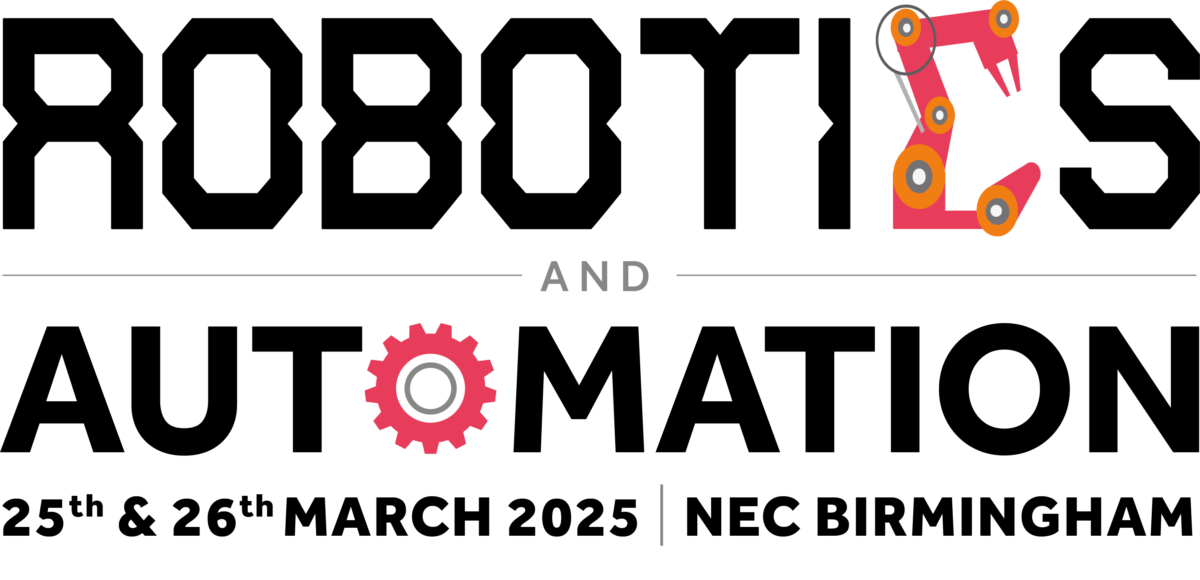Medical device company Smith & Nephew has gained greater control of its operation and reduced transport costs after installing a powered pallet conveyor system from CI Logistics at its wound management headquarters in Hull to help transport goods from the factory to its warehouse.
Previously, Smith and Nephew’s sterile products were packed into caged pallets with a plastic base, which were then transported from a mezzanine in the company’s factory on one side of a busy road to its packing and warehouse operation on the other side.
Once emptied, the cages then needed to be returned to the factory for the operation to begin again.
The company already had an existing conveyor system in place, which transported the cages across the road via a link bridge, but it had been installed more than 20 years ago and not been used for almost a decade due to changes in the company’s manufacturing techniques.
As part of the materials handling contract, this legacy system needed to be resurrected and incorporated into a new, fully automated system.
Andrew Marris, asset care manager for Smith and Nephew, said: “We opened up a new production facility here in Hull and as part of cGMP (current good manufacturing practice) we took the decision to remove the secondary packaging operation out of our ultra-clean manufacturing operation into our distribution centre.
“Moving our secondary packing operation into our warehouse and close to the point of dispatch, meant we were transporting 120 pallet cages a day back and forth from manufacturing to warehouse across a public highway. As a result we decided to resurrect the concept of our old conveyor which ran through a link bridge. The company which had installed this system no longer existed so it was necessary to put the job out to tender…Cost was important to us but it was reliability which was the primary factor in our decision.”
Smith & Nephew enlisted CI Logistics to carry out the task and supplied the company with a comprehensive user requirement specification which outlined exactly what was needed, including its production rates.”
CI Logistics came up with the required system within eight weeks with a three month build and install period.
“We went to the CI facility in Leicester to complete the factory acceptance testing as it’s far easier to rectify a problem at the manufacturer’s premises than post installation,” added Marris.
“On inspection however, we didn’t find any issues – everything had been built to a high standard and met all of our specifications.”
The majority of the conveyor system is new, but the final scheme does include re-using the old conveyor sections that were already there and also the main lift shaft in the warehouse.
“These have been re-engineered and refurbished, new motors and gearboxes installed and everything has been mechanically overhauled. CI was very happy to incorporate its own conveyor systems into what was already there and that was another reason the company was awarded the contract,” said Marris.
The control system for the old scheme was only part existing and obsolete, so CI designed a new control concept and hardware to incorporate the new conveyors and also the existing portions of refurbished conveyors.
Marris said: “There are over 40 independent motors on the system together with more than 100 product position sensors. These are needed because the conveyor system is bi-directional across the link bridge and automatic in terms of its pallet cage marshalling. It also has to operate on two different floor levels – on a mezzanine at the factory end and at ground level in the warehouse.”
In a special clean room in the factory the full pallet cages are loaded onto a powered roller which feeds onto a scissor lift taking the cage up to a turntable.
This rotates and feeds the cage onto a transfer car which takes it across the link bridge.
It is then taken down to the ground floor by pallet lift onto a powered roller to the offload station in the warehouse. Here the cages are taken by forklift truck to the packing cell which is close by.
The reverse operation sees the empty cages automatically transported from the onload station at the warehouse up in the lift and across the link bridge to be delivered at the offload station on the mezzanine in the factory.
“The conveyor solution has now been up and running reliably 24 hours a day for the last three months,” concluded Marris.
“It has enabled us to streamline our operation and reduce transport costs; we are also able to keep our products inside a controlled environment all the way from production to dispatch.”






